15 best things to do in Oviedo Spain – discover this hidden gem in Northern Spain
Surprisingly, Oviedo in the Northern Spanish region of Asturias is one of my favorite places to visit and I found the ancient and modern city filled with contrasts and quite alluring to discover. I booked a weekend trip to this city without really knowing anything about the city and discovered a sophisticated and cultural historic city filled with many things to do and see. It definitely worthwhile visiting the city and area to explore the historic cobblestone streets, visiting Cider house culture and trying delicious tapas and local food from the area.
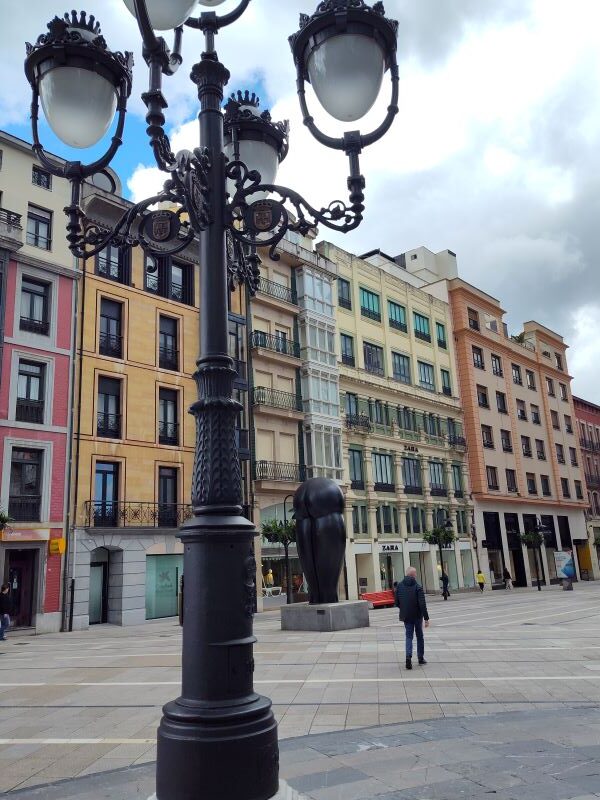
An Overview of Oviedo
Where is Oviedo?
Oviedo is located in Northern Spain in the region of Asturias., in the Principality of Asturias. Located inland it is around 17.5 miles (28 kms) south west from Gijón which is located on the coast. Asturias is the region of Political and religious authority marked by so many churches within the Old town and surrounding areas.
Is Oviedo worth visiting?
Oviedo is a very old and new city at the same time but is over 1000 years old and oozes so much Spanish historic, culture and charm. With a strong culinary and Cider culture, the food scene, history buff and outdoor adventures and recreation make it worthwhile to visit this city and region.
What is Oviedo famous for?
Oviedo is famous for having an immense collection of public art scattered through its streets. It is also famous for its cider house culture and delicious local foods, sweets and food traditions.
A brief history of Oviedo
Oviedo, the capital of Spain’s Asturias region, was founded in 761 AD by a group of monks and later became the seat of the Kingdom of Asturias. Under King Alfonso II in the 9th century, it flourished as a religious and political center, playing a key role in the early stages of the Reconquista. The city’s pre-Romanesque churches, such as Santa María del Naranco and San Miguel de Lillo, reflect its medieval significance. Despite suffering destruction during the Spanish Civil War, Oviedo was rebuilt and remains a cultural hub, known for its historic old town, university, and the annual Princess of Asturias Awards.
15 top things to do in Oviedo
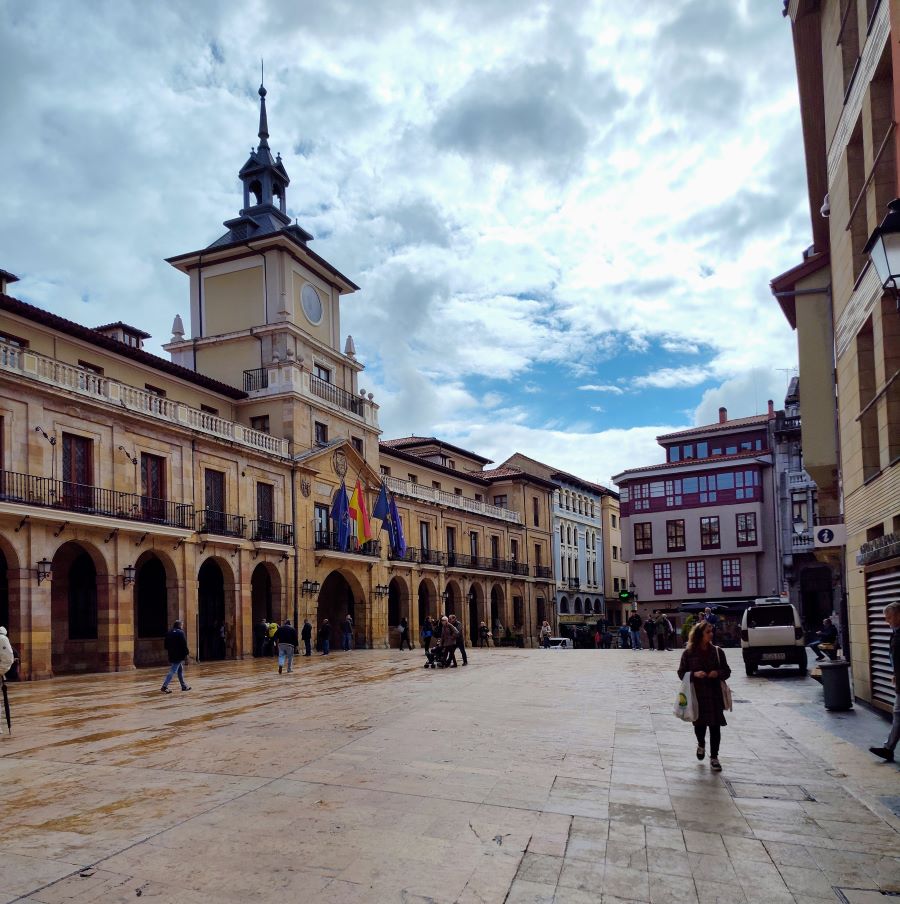
1. Explore the Old Town in Oviedo
Oviedo’s Old Town oozes charm in every corner, and you will want to wander aimlessly through its narrow streets, getting lost and discovering hidden squares and picturesque lanes. This is one of the first things to do in Oviedo.
The center of the Old Town is Plaza de Alfonso II El Casto, which is also known as Cathedral Square. From this beautiful square you can explore many other unique and fun attractions just in the Old Town district.
The city has been fantastic to cover on foot with all the creation of pedestrian streets located around the town center, making it easy to walk all around the district without dealing with cars, parking and easy commuting without cars or public transportation.
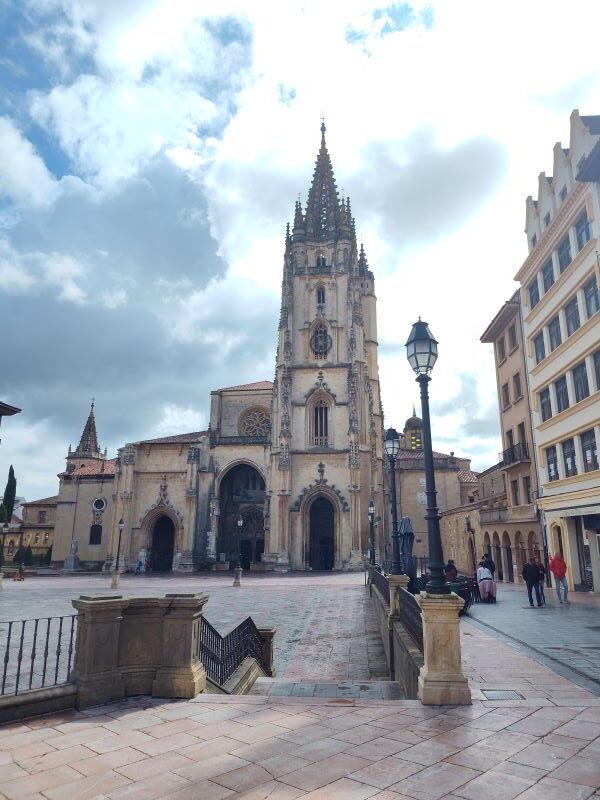
2. Visit Oviedo Cathedral
While you are in Cathedral Square, make sure you visit Oviedo Cathedral. It is an important symbol of Spanish Gothic architecture that took almost 300 years to be built.
Oviedo Cathedral is the starting point of one of the routes of the Camino de Santiago. You may know that Spain has many Caminos, with the most popular one being the Camino Francés (French Way), which goes through cities like Burgos and León.
The Camino that starts in Oviedo is the Camino Primitivo (Primitive Way). When you visit the Cathedral entrance, you will notice that one of the arches on the portico was built at an angle. This was to point pilgrims in the right direction to Santiago.
Inside, don’t miss the Chapel of King Casto, where there is a Royal Pantheon containing the bodies of the monarchs of the Kingdom of Asturias. The Holy Chamber is a UNESCO World Heritage Site.
3. Explore Oviedo’s UNESCO Pre-Romanesque churches
Oviedo is home to some of Spain’s finest UNESCO-listed Pre-Romanesque churches, built during the Kingdom of Asturias in the 9th century. Santa María del Naranco, originally a royal palace, stands on Monte Naranco and features elegant arches and intricate stone carvings. Nearby, San Miguel de Lillo, though partially in ruins, preserves stunning sculpted details and decorative elements. San Julián de los Prados (Santullano), the largest of the Asturian pre-Rmanesque churches, is renowned for its remarkably preserved frescoes, influenced by Byzantine and Roman styles. These unique structures showcase the early medieval artistry and architectural innovation of the Asturian monarchy.
4. El Fontán Market
One of my favorite first visits were to El Fontan Market in the Old Town and has been around since the 16th century. It’s a foodie lovers amazing discovery tour of pastry and bread shops, local cheeses and sausage and meat charcuterie, specialty food products and fresh produce, seafood and meat products.
One of the largest cheese producing regions in Spain if not in Europe, you can try some ofthe best Asturian cheese from various vendors throughout the market here.
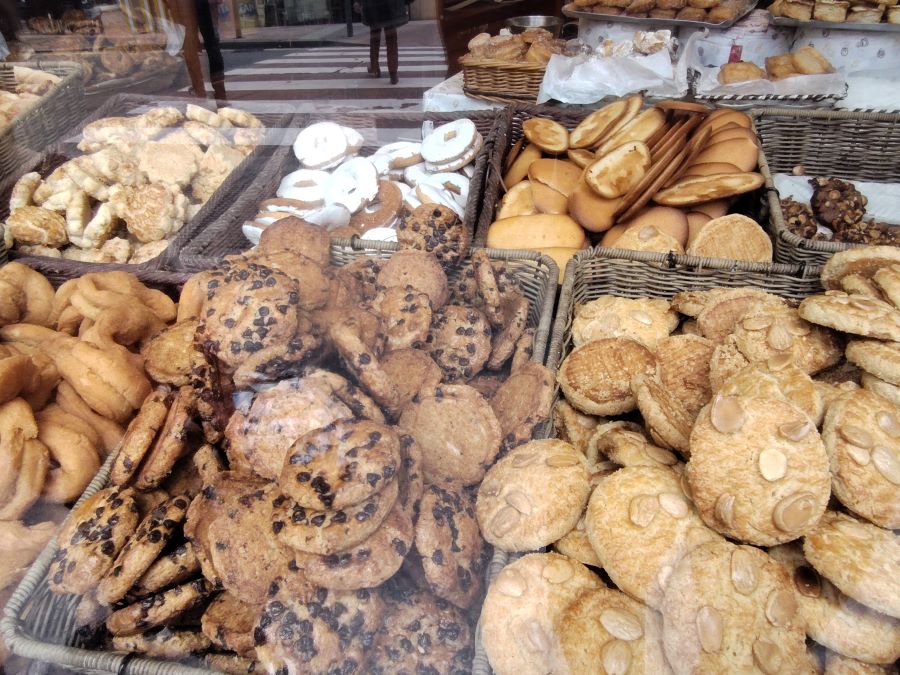
5. Sample local sweets from the region
Oviedo is known for its delicious Asturian pastries and traditional sweets. One of the most famous is Carbayón, a puff pastry filled with almond paste and covered in a sugary glaze. Another local favorite is Moscovitas, thin and crispy almond cookies coated in chocolate, originally made by the Rialto pastry shop. Casadielles are deep-fried pastries filled with a sweet walnut and anise mixture, often enjoyed during festivals. You can also find Frixuelos, thin Asturian crepes similar to French crêpes, typically sprinkled with sugar or filled with cream or chocolate. These treats are a must-try for anyone visiting Oviedo.

6. Enjoy cider tradition and cider houses
Cider houses, or sidrerías, are an essential part of Oviedo’s social and culinary culture, reflecting Asturias’ deep-rooted cider-making traditions. Asturian cider (sidra) is a natural, slightly tart drink poured in a unique way—waiters lift the bottle high above their heads and pour the cider into a glass from a great height to aerate it, enhancing its flavor. This ritual, called “escanciar”, is an important tradition in sidrerías, where locals gather to enjoy cider alongside traditional dishes like chorizo a la sidra (chorizo cooked in cider), cabrales cheese, and grilled meats. The best place to experience this vibrant culture is Calle Gascona, also known as the “Boulevard of Cider,” where numerous sidrerías serve fresh cider in a lively, communal atmosphere. Drinking cider in Oviedo isn’t just about the beverage—it’s a shared experience that brings people together in a uniquely Asturian way.
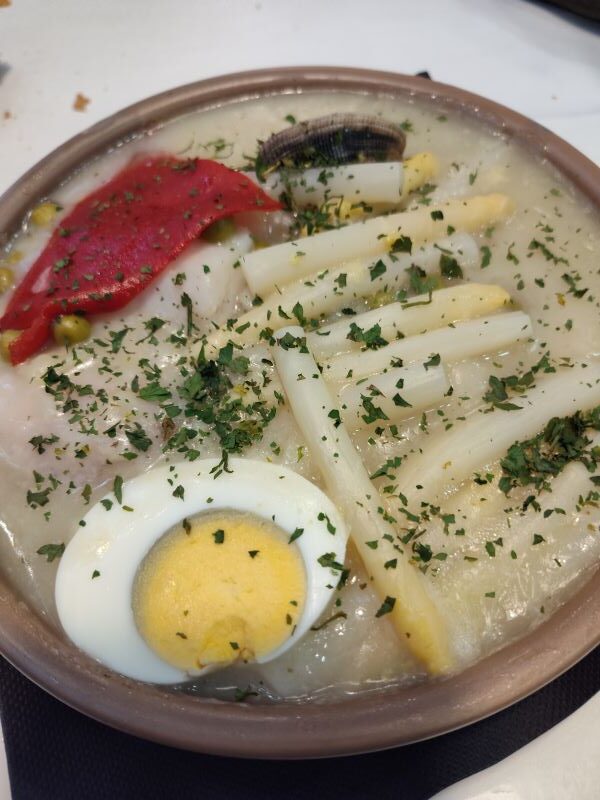
7. Explore the local cuisine of Asturias
Oviedo’s local cuisine is deeply rooted in Asturian traditions, offering hearty, flavorful dishes that highlight the region’s rich agricultural and coastal influences. One of the most iconic dishes is fabada asturiana, a comforting stew made with large white beans (fabes), chorizo, morcilla (blood sausage), and pork. Another must-try is cachopo, a massive breaded and fried beef fillet stuffed with ham and cheese, often served with potatoes or peppers. Seafood lovers can enjoy merluza a la sidra, hake cooked in Asturian cider, or pulpo a la asturiana, octopus with paprika and olive oil. Cheese is also a big part of the local food scene, with Cabrales, a strong blue cheese, being one of the most famous varieties. For dessert, Carbayones (almond-filled pastries) and Moscovitas (thin almond cookies covered in chocolate) are local favorites. Pair any meal with a glass of Asturian cider, traditionally poured from above to enhance its flavor.
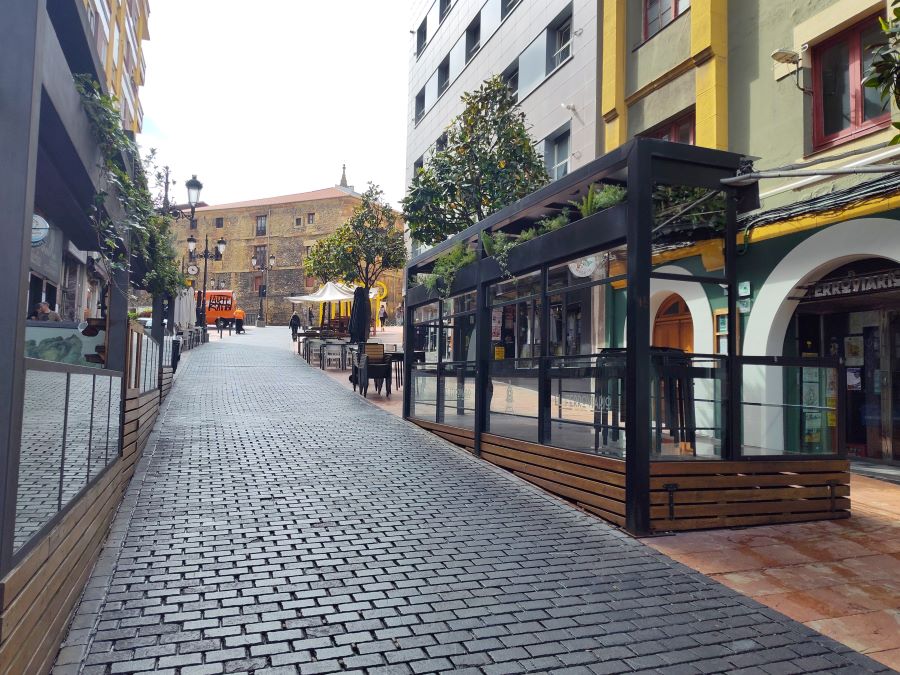
8. Enjoy Oviedo nightlife
Oviedo’s nightlife is lively yet relaxed, offering a mix of traditional and modern experiences. The city’s sidrerías (cider houses) are a popular starting point, especially along Calle Gascona, where locals gather to enjoy Asturian cider and tapas in a social atmosphere. For a more upscale experience, stylish cocktail bars and lounges can be found around Plaza de la Catedral and Calle Mon, an area known for its bustling nightlife. Those looking for live music can visit venues that feature local rock, jazz, and folk performances. Students from the University of Oviedo add to the city’s vibrant energy, particularly in bars around the university district. While Oviedo isn’t as wild as some Spanish cities, it offers a warm and welcoming nightlife scene where visitors can enjoy good drinks, music, and the local culture late into the night.
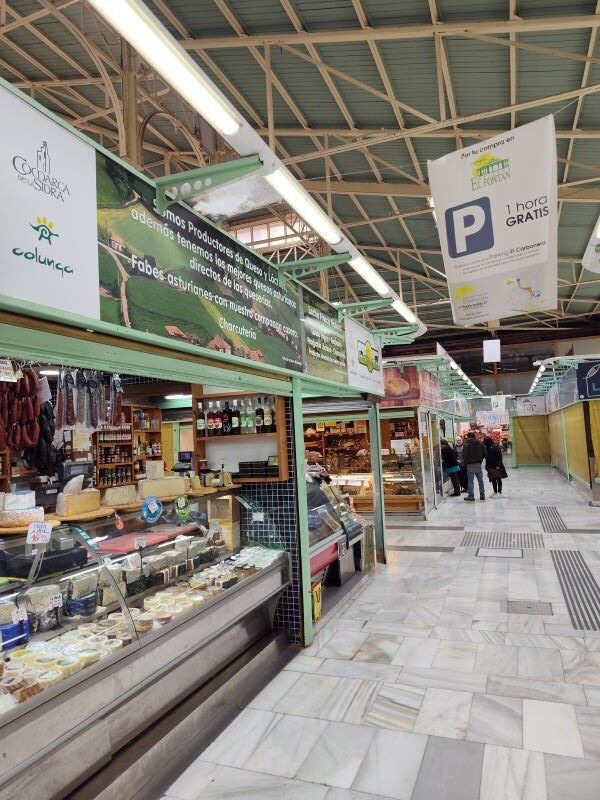
9. Experience local Asturian cheeses
I love trying local cheeses and the Asturian cheese scene here is amazing to experience.
Asturias is known as “the land of cheeses”, producing over 40 varieties, many of which are made in the mountains and valleys surrounding Oviedo. The most famous is Cabrales, a strong and creamy blue cheese aged in natural caves, offering a sharp and tangy flavor. Gamoneu, another prized cheese, has a smoky, nutty taste due to its unique aging process in mountain caves. Afuega’l Pitu, one of the oldest Asturian cheeses, comes in different textures and flavors, with some varieties featuring a spicy paprika coating. Los Beyos is a firmer, milder cheese made from cow’s, goat’s, or sheep’s milk, perfect for pairing with cider. These cheeses are often enjoyed on their own, with bread, or as part of traditional dishes, making them a key part of Asturian gastronomy.
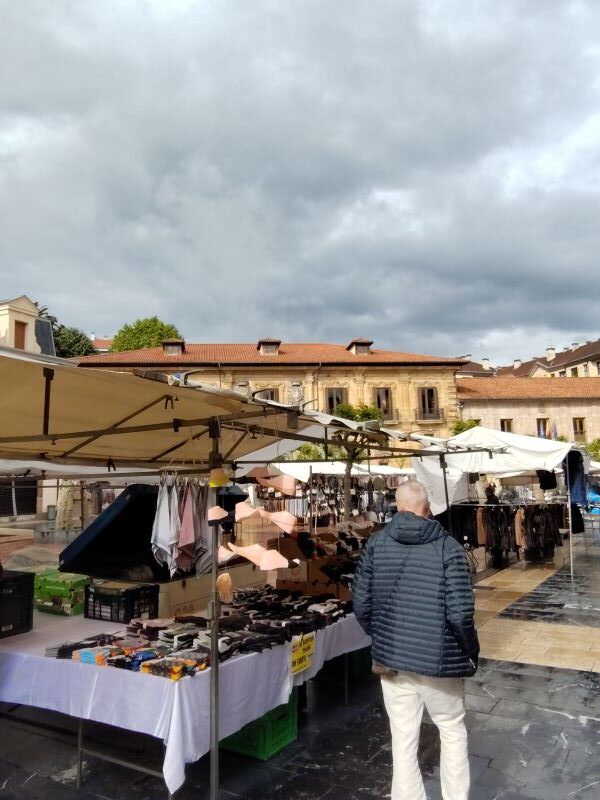
10. Public outdoor market
Outside of the main square fronting El Fontan market is the public market which happens on select days of the week. You’ll find plants and flowers, clothing vendors, souvenir stands and a variety of stalls offering cheap accessories and tools along with even fur coats that are being repurposed into designer outfits.
It’s fun to just explore and find some treasures or souvenirs and enjoy the public market that happens here daily in Oviedo.
** The market is held on Thursdays and Saturdays, as well as Sundays when there is also a flea market that is just outside of the El Fontan Market.
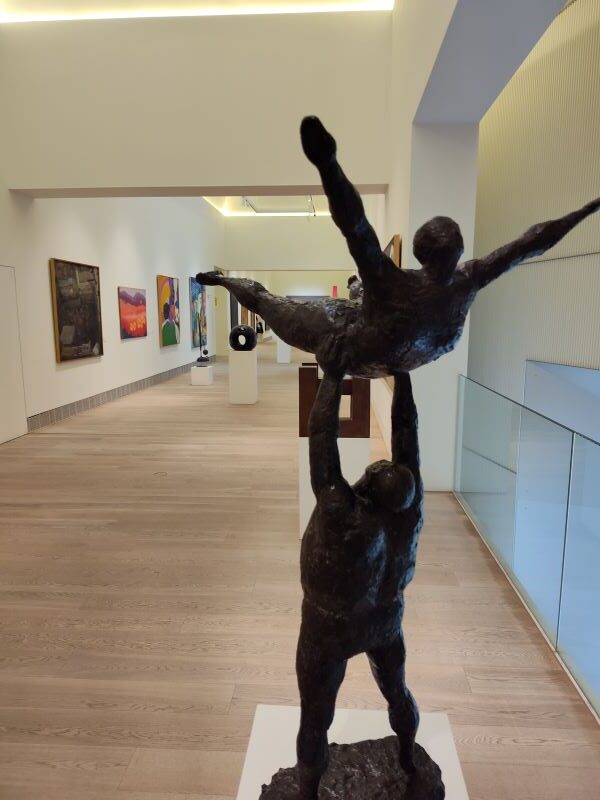
11. Oviedo Museum of FIne Art
The Museum of Fine Arts of Oviedo (Museo de Bellas Artes de Asturias) is a must-visit for art lovers, showcasing an impressive collection that spans centuries of European art history. Housed in a stunning building that combines modern architecture with historical elements, the museum features works from the 14th to the 21st centuries. It includes paintings, sculptures, and decorative arts by renowned artists such as El Greco, Goya, Zuloaga, and Miró, along with an outstanding collection of contemporary art. The museum also focuses on regional Asturian artists, providing insight into the local artistic heritage. Its serene galleries and well-curated exhibits make it a cultural gem in the heart of Oviedo, offering a peaceful escape for anyone interested in exploring Spain’s rich artistic traditions.
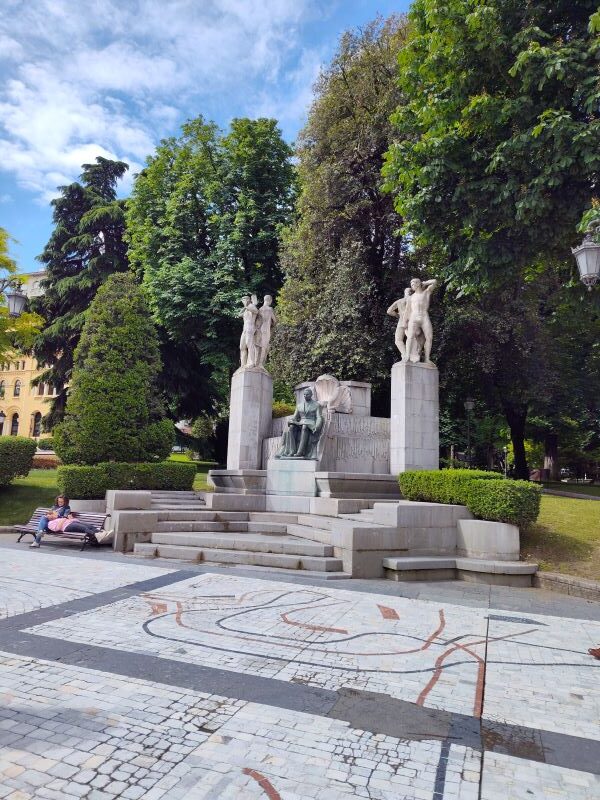
12. Check out the public art and sculpture scene
Oviedo boasts a vibrant public art and sculpture scene that seamlessly blends historical significance with contemporary creativity. The city is home to numerous statues and sculptures scattered throughout its streets, parks, and plazas. Among the most famous is La Maternidad, a striking modern sculpture by Botero, located in Plaza de la Escandalera. Another notable piece is El Salvador, a statue of the El Greco‘s portrayal of Christ, placed near the cathedral. In Campo de San Francisco, a lovely park in the city center, visitors can find sculptures like La Mujer y el Pájaro by Manolo Valdés. The city also celebrates the whimsical side of art, with quirky installations like the Mafalda statue near the city’s Old Town, adding a playful element to the public art landscape. Oviedo’s combination of classical and modern pieces creates a dynamic visual experience, enhancing its cultural atmosphere.
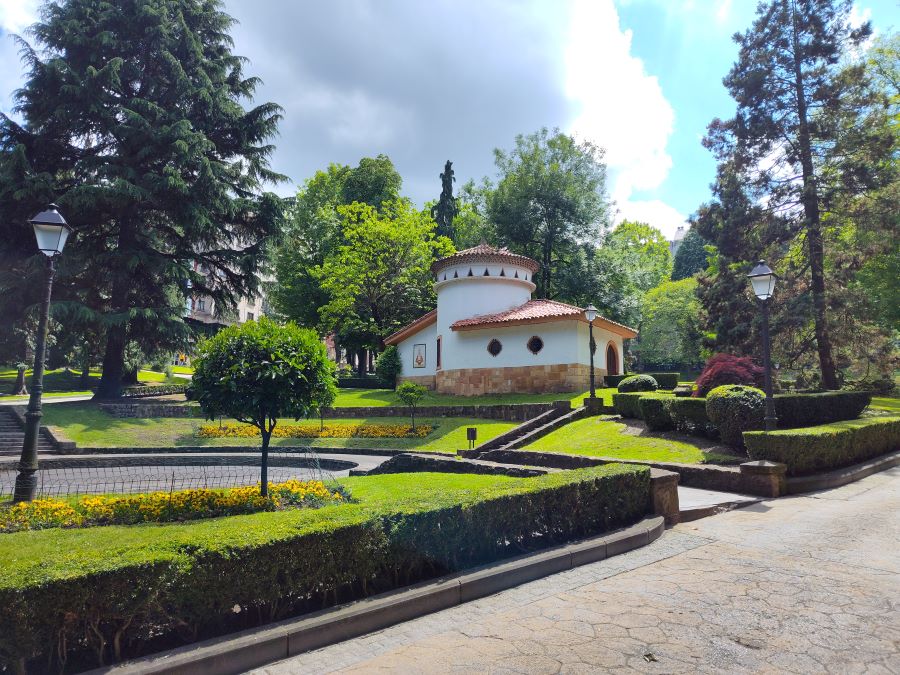
13. Explore the beautiful parks of Oviedo
Oviedo is home to several beautiful parks that offer a peaceful escape in the heart of the city. The most iconic is Campo de San Francisco, a lush, green space filled with towering trees, serene ponds, and winding paths, perfect for a relaxing stroll or a quiet moment in nature. The park is also home to impressive sculptures, like La Mujer y el Pájaro by Manolo Valdés. Parque de Invierno offers a tranquil setting with expansive lawns, ideal for picnics or outdoor activities, while La Cadellada is a smaller, charming park that offers a lovely spot for enjoying the outdoors. Additionally, Parque de San Lázaro provides a more peaceful atmosphere with its wooded trails and scenic views. These parks make Oviedo a city where nature and urban life come together in harmony, offering residents and visitors plenty of green spaces to relax and recharge.

14. Take a side trip to the coast at Gijon
A side trip to Gijón, just a short ride from Oviedo, offers a refreshing coastal escape. This vibrant port city on the Bay of Biscay is known for its beautiful beaches, like Playa de San Lorenzo, where visitors can enjoy a scenic walk along the promenade or try surfing in the Atlantic waves. Gijón also has a charming old town, El Cimavilla, with narrow cobblestone streets, colorful houses, and cozy bars serving traditional cider. The city’s maritime history is showcased at the Museo Evaristo Valle and the Museo Marítimo, while the Jardín Botánico Atlántico offers a serene space to explore native flora. With its mix of culture, nature, and lively atmosphere, Gijón is a perfect day trip for those looking to experience Asturias’ coastal charm.
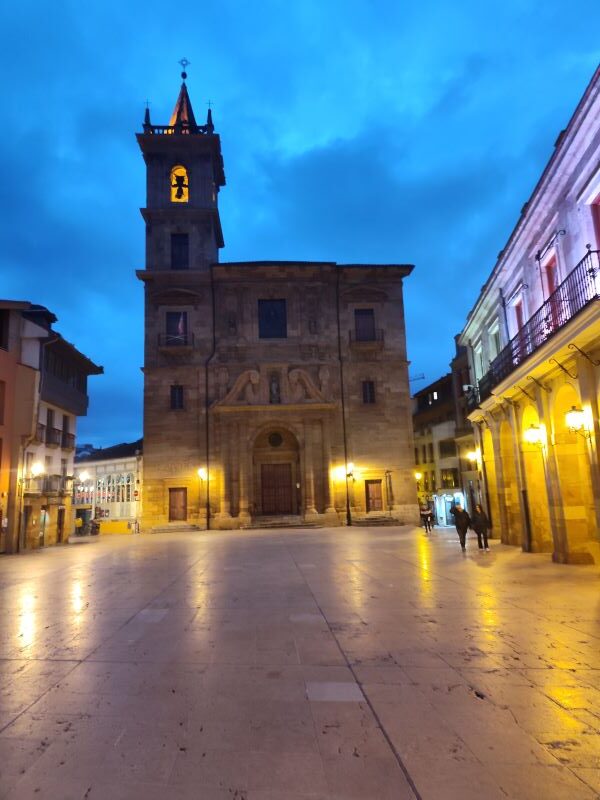
15. Late evening stroll
Don’t just go off to your hotel after a nice dinner at a lovely restaurant in town, you definitely need to get out and either take a late night drink at any of the popular bars in the the Old Town around Calle Mon or the many sidrerias in the area. Even walking around the Old Town where all the monuments and landmarks are lit up are easy and a fun end of day experience while enjoy the lit up monuments and attractions to see it in a different light at night time.
How to get to Oviedo
Oviedo is well connected by train, bus, and air. The nearest airport is Asturias Airport (OVD), about 40 km away, with regular bus and taxi services to the city. From Madrid, you can take a Renfe Alvia train, which takes around 4–5 hours, or a long-distance bus with ALSA in about 5–6 hours. From Barcelona, direct flights are the fastest option, while trains take around 8–9 hours with a transfer in León. If traveling from nearby cities like Gijón or Avilés, frequent regional trains and buses make the journey in under an hour. The city is also accessible by car via the A-66 and A-8 highways.
Check out these other posts to visiting the Region Northern Spain
Take a day trip to Gijon, Spain
Conclusion to 15 top things to do in Oviedo
Thanks for check out this post on 15 top things to do in Oviedo, hope you found this inspiring to visit this fantastic capital city of Asturias, it’s definitely worth visiting the region. With a fantastic Old Town, food and drink inspired venues, historic and cultural treasures, the city is fantastic to explore and discover for yourself.
Thanks for checking out Visit Spain and Mediterranean and this post. We hope you check out all the other posts to explore all around the country for inspiration.
Disclosure – some of the links above to various tours, transportation and hotels are affiliate links that benefits our site if you book here and we appreciate your support. The links are competitive, and you are not paying above what other affiliates provide.

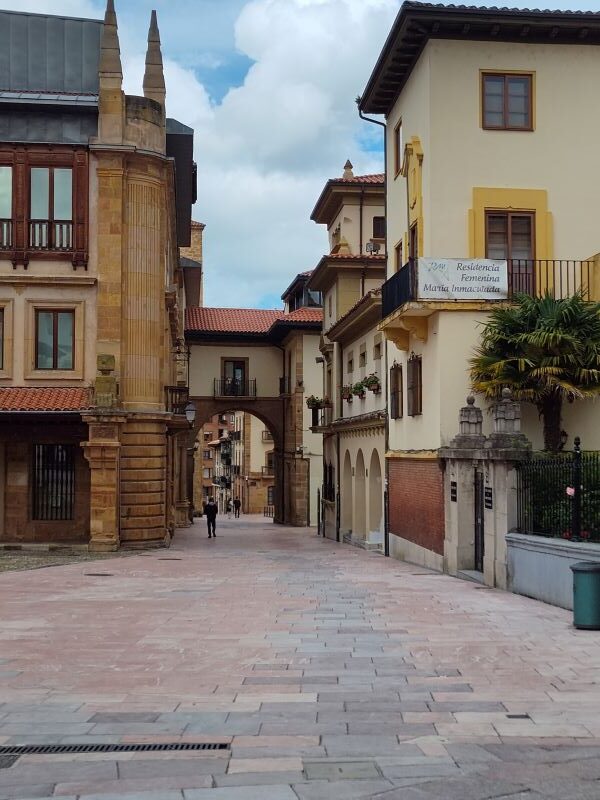
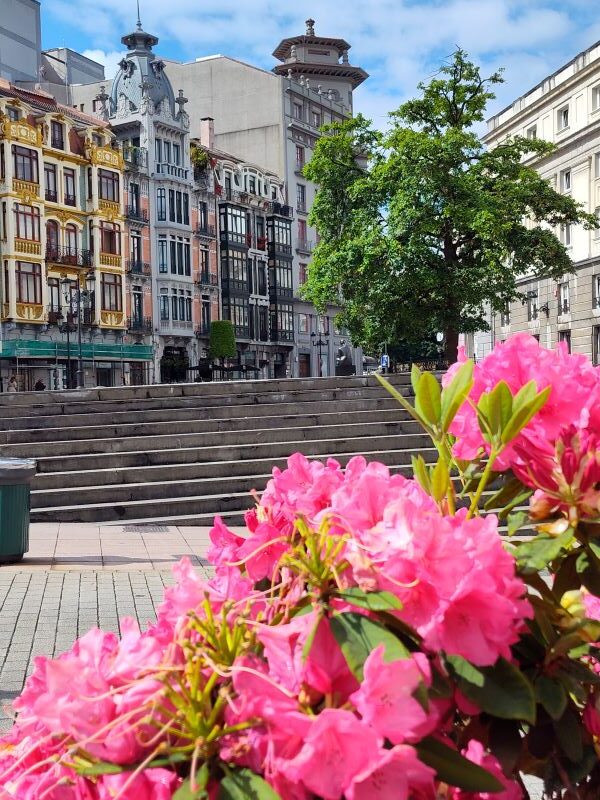
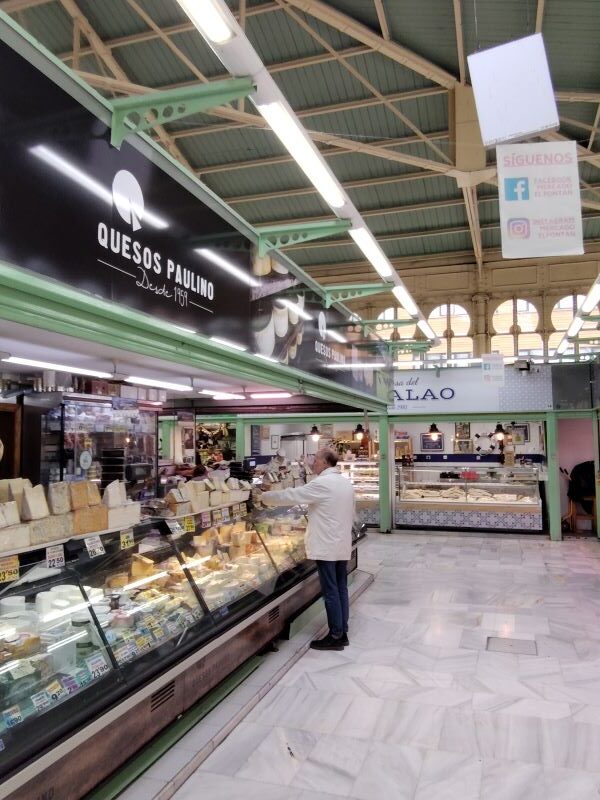
1 thought on “Things to do in Oviedo Spain”